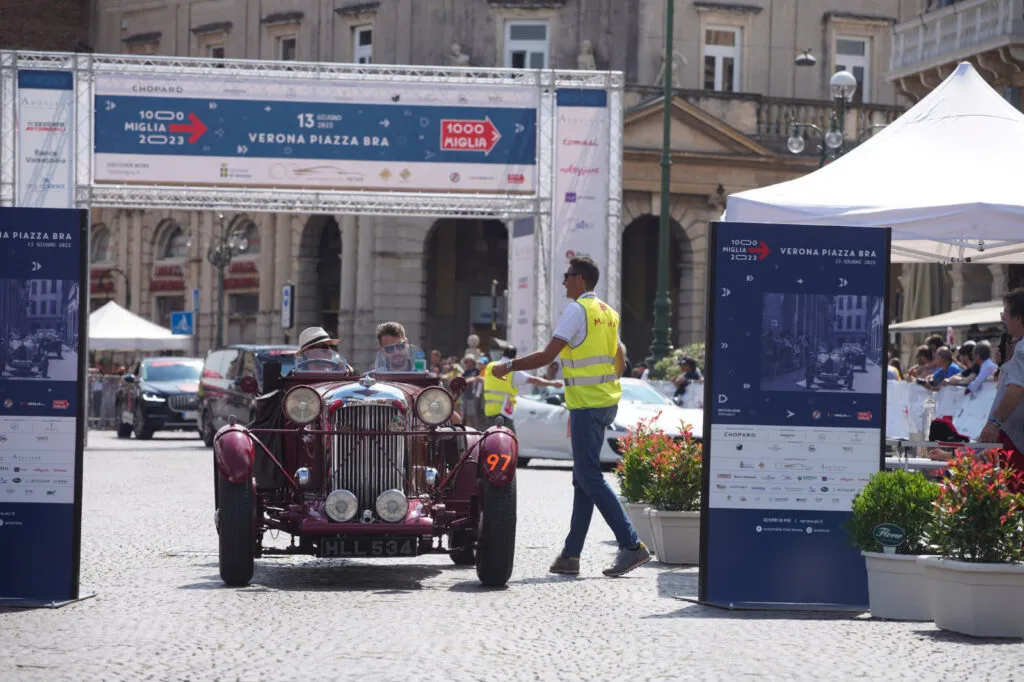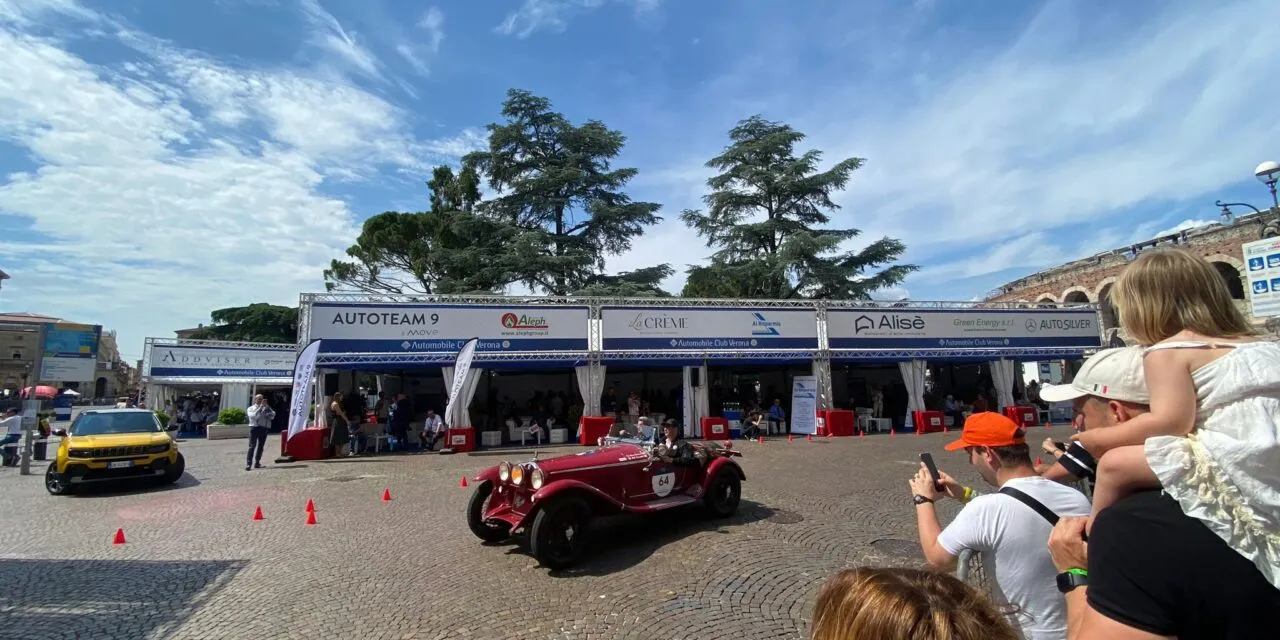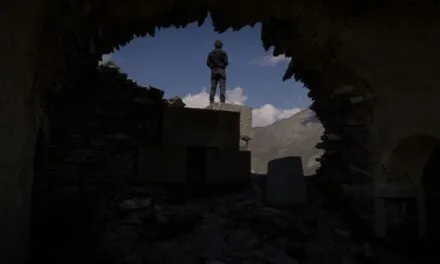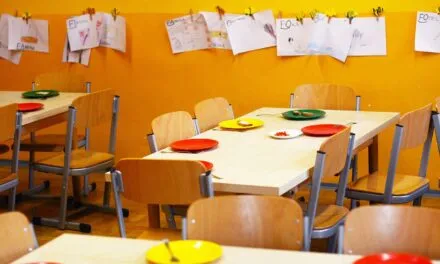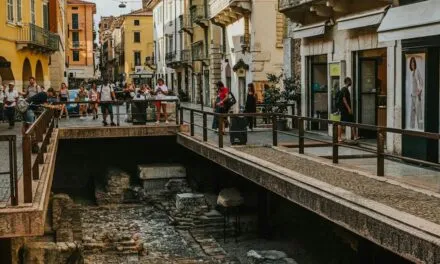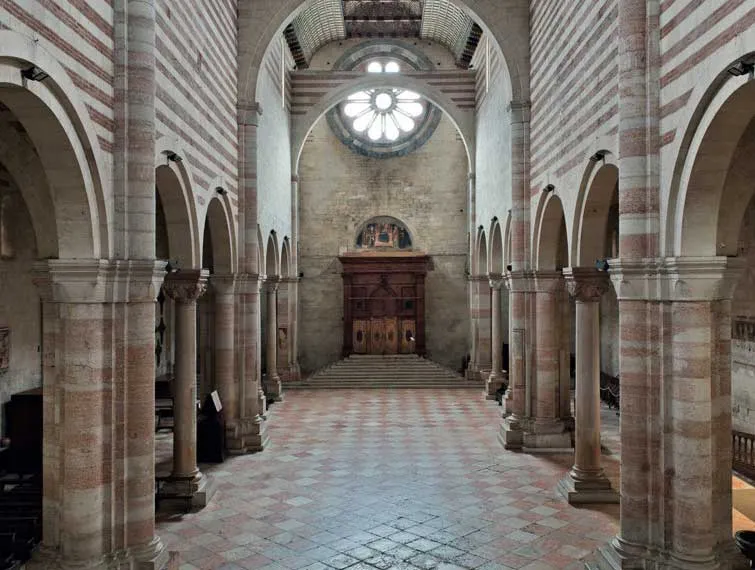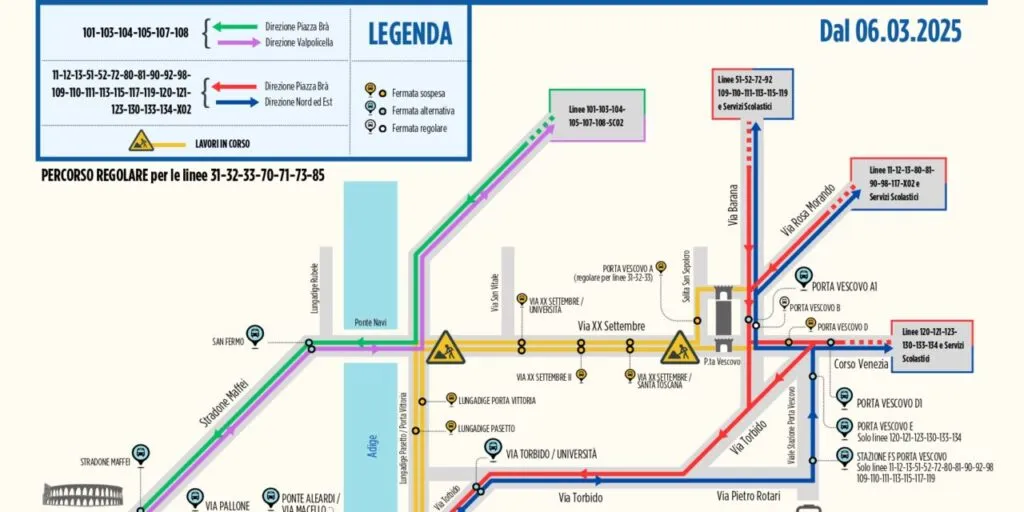Mille Miglia is back in Verona. Enzo Ferrari called it the most beautiful race in the world and today, Tuesday, June 13, it paraded through Piazza Bra among hundreds of tourists and Veronese ready to immortalize the beautiful historical models exhibited in our city. Among the cars, for the first time on the open road, the Maserati MC20 Cielo of the Politecnico of Milan was displayed in autonomous driving mode.
Verona was one of the first cities to be crossed by the Mille Miglia, starting at 12:30 from Brescia. For five days, 450 cars (including 15 in the special list) will travel through some of the most breathtaking locations in Italy. The historic race, which began as a speed race in 1927, has since evolved into an event of art and design, as well as one of the most popular automotive events in Italy.
The first cars to arrive were the 119 Ferraris of the “Ferrari Tribute to Mille Miglia”, followed by the other 450 vehicles entered in the “race”. 74 examples that took part in the Mille Miglia of speed disputed between 1927 and 1957 paraded through the streets of Verona. Between these: 47 Alfa Romeo of the 40s and a rare “Itala” 1929. But also, the Bugatti, Ferrari, Maserati, Mercedes-Benz, and O.S.C.A.

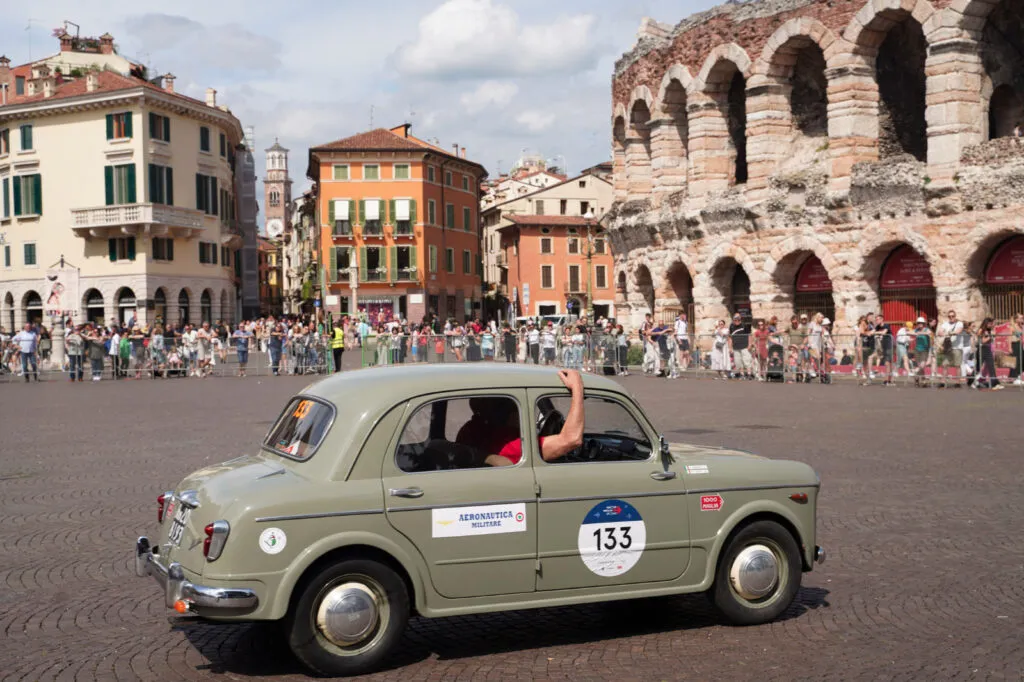
Last year’s champions Andrea Vasco and Fabio Salvinelli passed through Verona aboard their 1969 Alfa Romeo 6C 1750 SS ZAGATO, with which they will try to win their category again this year. And if they succeed, Andrea Vesco will become the first driver in history to have won four consecutive editions of the 1000 Miglia.
Along with the Italians, there were 121 Dutch drivers, 65 Americans, 55 Belgians, and 51 from the United Kingdom. By the end of the day, drivers and co-pilots will have covered a total of 360 kilometers (of the 2000 km in this edition). Following today’s opening stages, the Mille Miglia 2023 will travel through Emilia, Romagna, Marche, Lazio, Tuscany, Piedmont, and Lombardy and will conclude in Brescia, on Friday, after 34 stamp checks, 23 hourly checks, 144 timed tests, and 8 average tests with 25 secret detections.
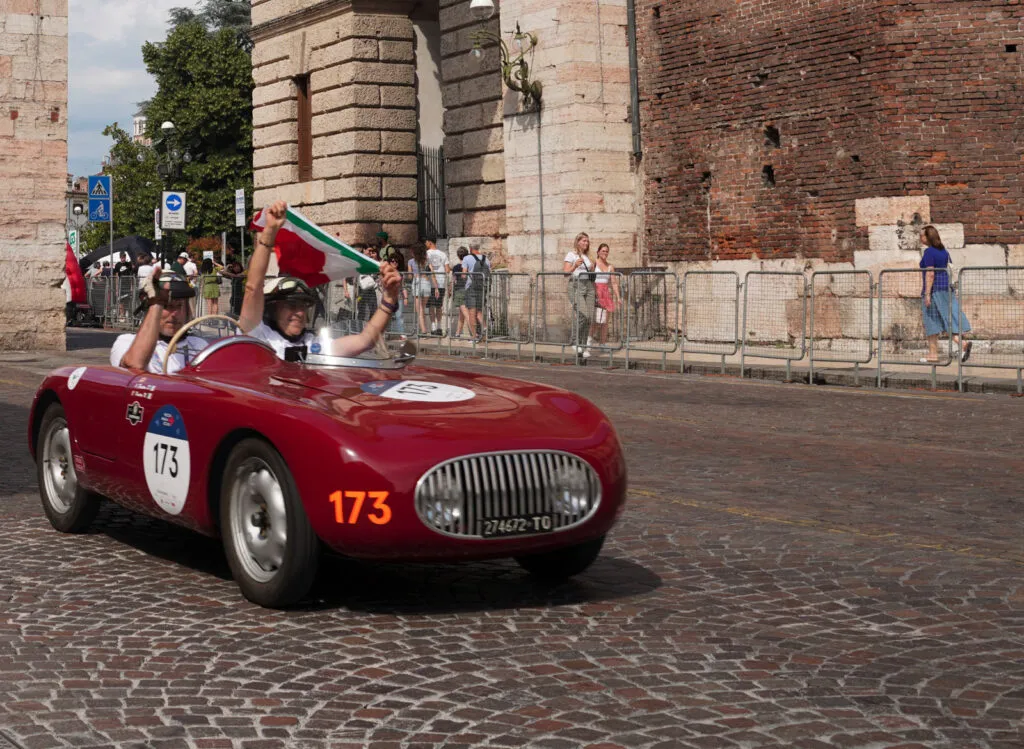
The path
This afternoon the cars made their entry from Via Roma and passed through Piazza Bra – where there was a celebratory portal – to stop briefly on the Liston (wide pedestrian pavement connecting Corso Porta Nuova to Via Mazzini) for stamp control. They then continued the parade towards Palazzo Barbieri and then returned to Via Roma passing under the Bra clock with an exit from Corso Porta Nuova towards Bovolone, Viale Piave, Via Tombetta, Via Campagnol di Tombetta, Via Legnago towards San Giovanni Lupatoto.
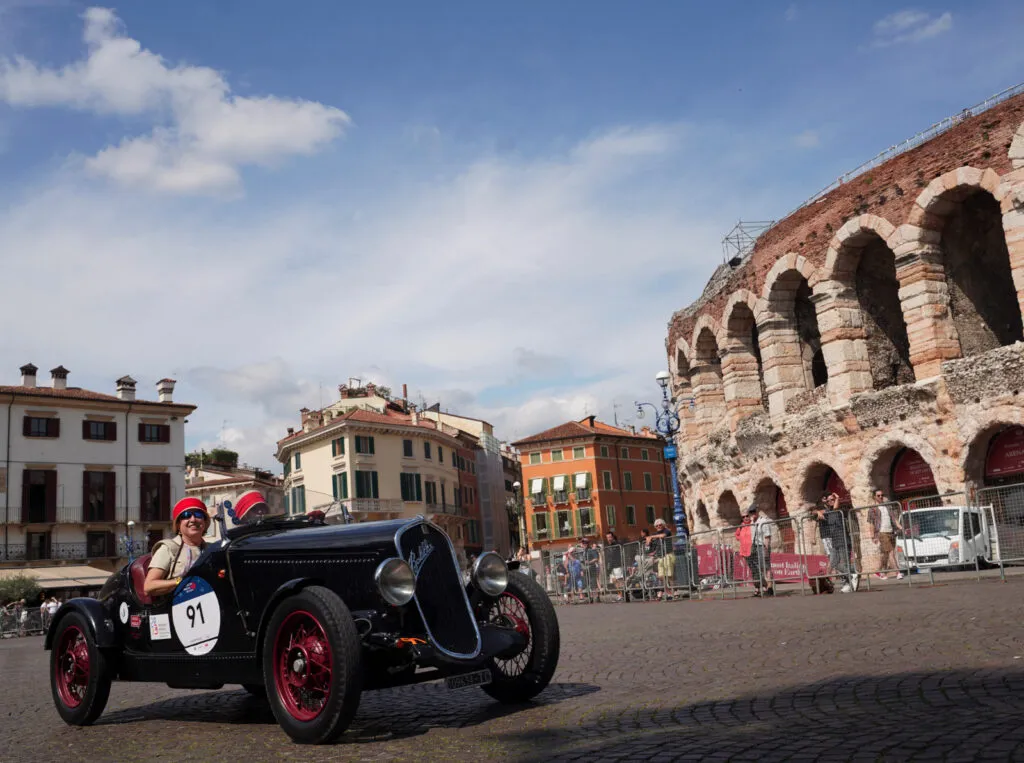
Mille Miglia’s history
The modern Mille Miglia is a re-enactment race, a traveling event that revives the exciting adventures of the pioneers of the automobile who, from 1927 to 1957, competed in a real-speed race from, Brescia-Rome-Brescia, through city streets, countryside, and towns in central-northern Italy, up to Rome. The name Mille Miglia comes from the route being 1600 kilometers, equivalent to a thousand imperial miles.
The race was suspended for many years due to increased traffic on Italian roads and the competition becoming too dangerous. However, after twenty years, since 1977, the Mille Miglia has come back to life and is now a race of historical regularity where only historical cars, produced before 1957, can participate.
